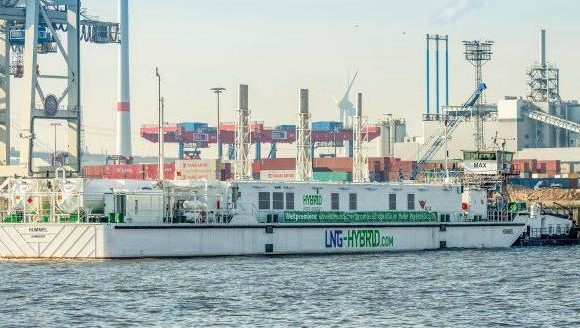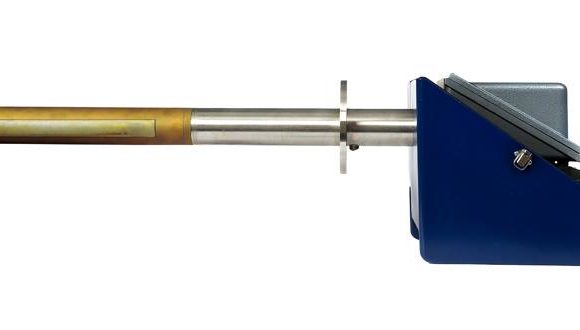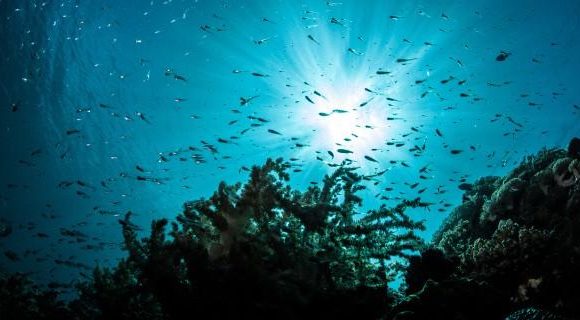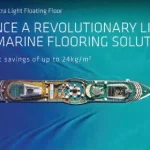Ammonia A Safe Fuel For The Shipping Industry Of The Future?
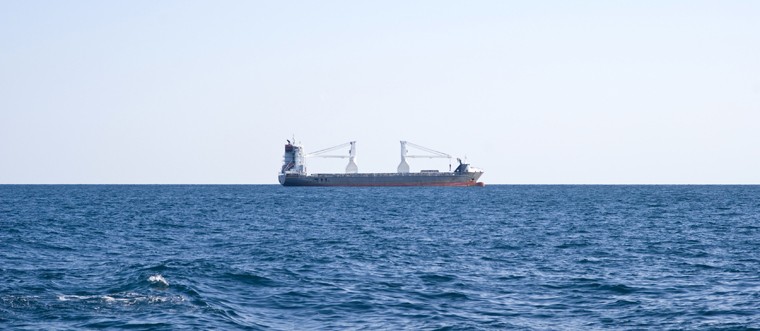
- A group of leading companies in maritime transportation has taken up the challenge of investigating the realities of using ammonia (NH3) as a marine fuel.
- Specific focus is placed on addressing relevant technical and safety challenges.
- In February, group members participated in a hazard identification (HAZID) workshop in Copenhagen led by Bureau Veritas Solutions, Marine & Offshore.
A group of companies has come together to develop a better understanding of the practical realities involved in using ammonia as a fuel for ships.
Ammonia is one of a number of options to be a marine fuel of the future. One of the key elements in the group’s approach is to look at the broader spectrum of implications for many ship types and different operational requirements, including bunkering and port operations.
A first step has been to hold a hazard identification workshop (HAZID) to understand the risks involved with using ammonia as a marine fuel.
Panos Koutsourakis, Global Technology Leader for Sustainable Shipping at Bureau Veritas explains why ammonia is being considered as a marine fuel: ‘Ammonia is a carrier for hydrogen which can be generated from renewable energy and ammonia storage and transportation can, in principle, be managed with established technologies.’
‘But ammonia is both toxic and corrosive. We need to understand, if and how, the associated risks can be managed to merit further practical and commercial development – especially confirming the potential for stable combustion and NOx emissions. Furthermore, potential availability is not yet assured. Sufficient availability of “green” ammonia would require the scalable development of “Power-to-X” technologies to provide the volumes necessary for shipping.’
In comparison with conventional heavy fuel oils, ammonia is less energy dense, can be liquefied at -33°C, and stored at atmospheric pressure for use as a marine fuel.
The group of participants is focused on the safety issues that need to be addressed. Currently, aspects of using ammonia are not explicitly covered by the existing regulatory framework – notably IMO’s International Code of Safety for Ship Using Gases or Other Low-flashpoint Fuels (the IGF Code), and require specific attention. The group will perform detailed risk studies to assess the technical feasibility and specific safety risks of ammonia fuelled ships with a view to considering its potential as a safe fuel for the decarbonization of shipping. Each participating organization is providing its relevant expertise to the project in order to study all potential risks.
The HAZID workshop held at MAN’s offices in Copenhagen was the first of these studies.
Commenting, BV’s Diane Ruf, Head of Section, Risk, Reliability & Maintenance, at Bureau Veritas Solutions, Marine & Offshore, said, ‘The workshop was carried out to identify the safety and operational hazards associated with the use of ammonia as fuel for propulsion engine on board a VLCC. The study led to the identification of practical safeguards and recommendations which should be considered in order to lower the risks to As Low as Reasonably Practicable (ALARP). It covered: NH3 storage space and bunker stations, NH3 Fuel Treatment Room and HP Fuel Pump Room (combined), Engine Room (Gas-safe), Vent/Safety system lines and Vent Mast and ship’s operations.’
Next steps are being considered, but will include addressing operational hazards and looking more deeply at conceptual designs based on different vessel types.

